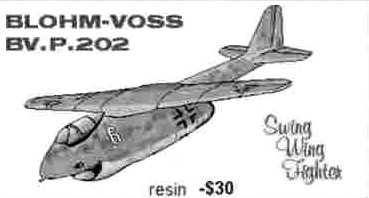 |
|
| Manufacturers | |
| BV
List |
|
| BV 40 | BV 141 |
| BV 155 | BV 237 |
| BV P163 | BV P170 |
| BV P178 | BV P179 |
| BV P184 | BV P188 |
| BV P192 | BV P193 |
| BV P194 | BV P196 |
| BV P197 | BV P198 |
| BV P202 | BV P203 |
| BV P204 | BV P205 |
| BV P207 | BV P208 |
| BV P209 | BV P210 |
| BV P211 | BV P212 |
| BV P213 | BV P215 |
| BV AE607 | BV MGRP |
| Home | |
Toad Resins 1/72
Mike McEvoy - SAM v.18 no.7 Sep 96

Several of the types built by Blohm & Voss were innovative and some downright unusual, and those that remained unbuilt, particularly if they were schemed during the frenzied period in 1944-45 when so many possible design ideas were explored, positively bizarre. Among their earliest attempts at variable sweep was the P.202, the wing swivelling on a central pivot, with the reason for this and other aspects of its layout discussed entertainingly in the characteristically informative set of instructions with this kit.
The kit itself is essentially a simple one. The fuselage is divided into front and rear sections just aft of the jet efflux, the tailplane being cast integrally with the rear portion. The twin jet pipes slot into place behind the engines, through there is a slight gap between them and their pen-nib fairing; this can be solved with a sliver of plasticard on one side or the other.
To keep costs down, this is one of a series of relatively basic kits from Toad, and the only furnishing for the cockpit recess are a control column and a seat, though you could always raid your stock of spare brass bits if you wanted to dress it up a little. Similarly no undercarriage doors are provided, but the instructions have templates for these to be cut from plasticard.
The wing is single piece and can be fixed in the position of your choice from straight to fully swept. One of the design problems with this aircraft was the use of a wing-mounted undercarriage which would have made the aircraft totally impossible to land if the wing had stuck in any but the unswept position. I take the view that some provision would have to be made for checking the sweep mechanism as part of the preflight checks, and therefore it would be permissible to have the wing in a swept position with the undercarriage extended on the ground. The main legs, like the nose unit -- in white metal not resin as stated in the kit checklist -- are not long enough, and I extended mine with the aid of Contrail plastic tube, shortening the nose leg to give a reasonable ground angle. This may be remedied in later editions of the kit.
As always, Toad's instructions have a comprehensive rundown on late-war German colours and I finished mine in RLM 81/82/84 with bare-metal undersides and a coat of semimatt varnish. The unit marking is the four-leaf clover with superimposed 13 of Stab.III/JG.26, which I found on an old Esci sheet and which I thought might help the aircraft to a little luck it would surely need. I also used the insignia of the Gruppe technical officer -- if I were Gruppenkommandeur I would make sure that my engineering man did a lot of flying on this device! Other decals came from an Aeromaster Fw-190 sheet, which also gave me the basis for a yellow intake and green rudder.
The result is once again from Blohm & Voss and Toad Resins, Something-Completely-Different, but in this case the difference is emphasised by the fact that NASA flew a 'slew-wing' device just like that on the P.202 on their AD-1 some 40 years later. Just because some of the designs of the period looked odd did not mean that they were not practicable, even if the available technology might not have been adequate.
Below is a parts scan etc for the Toad kit , the instructions and reviews from SAM & SAMI from '96
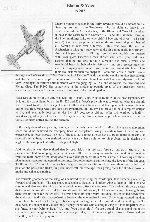 |
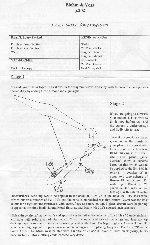 |
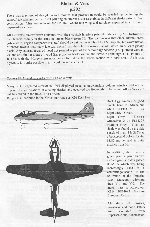 |
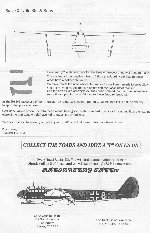 |
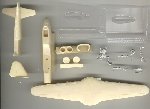 |
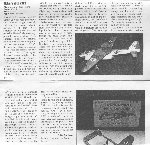 |
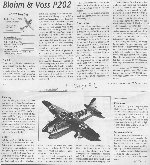 |
Note : there is a Unicraft version and this is now the only show in town , - certainly worth a look for the experienced modeller- William
